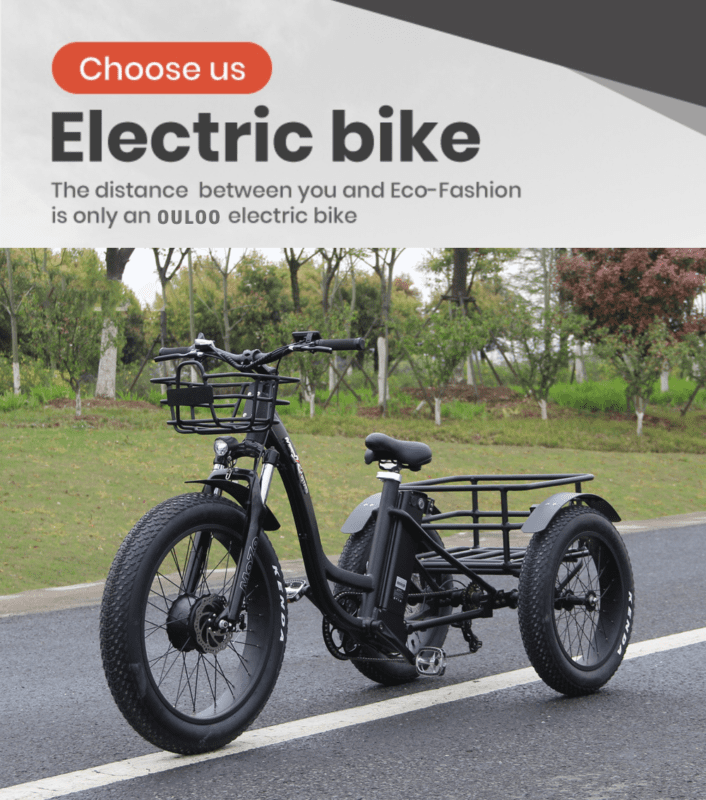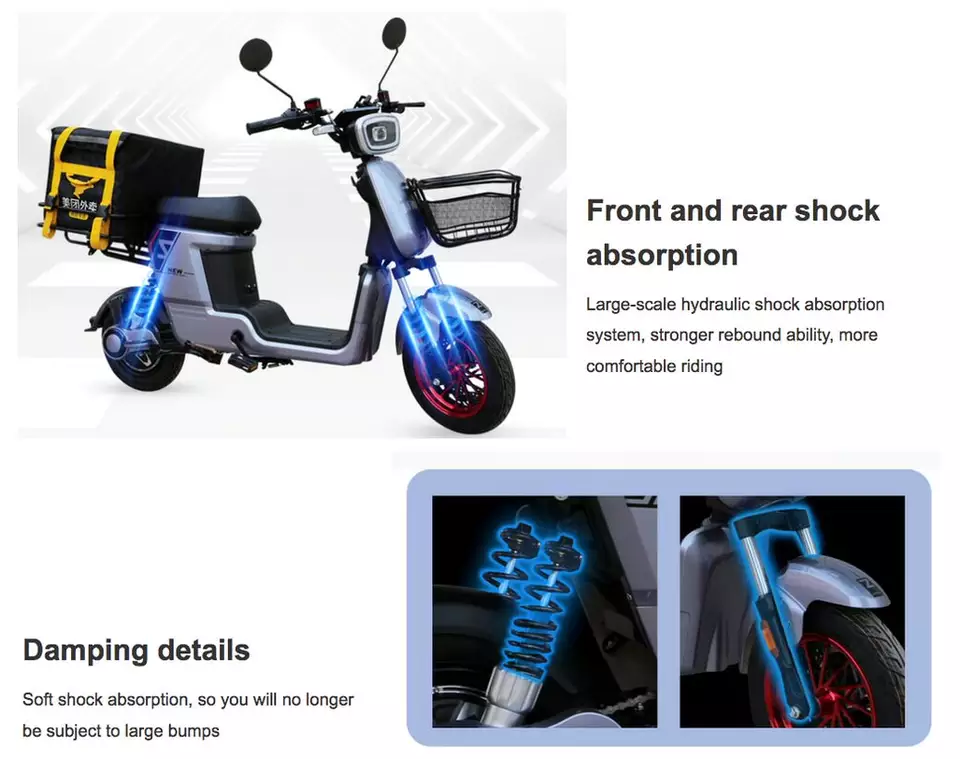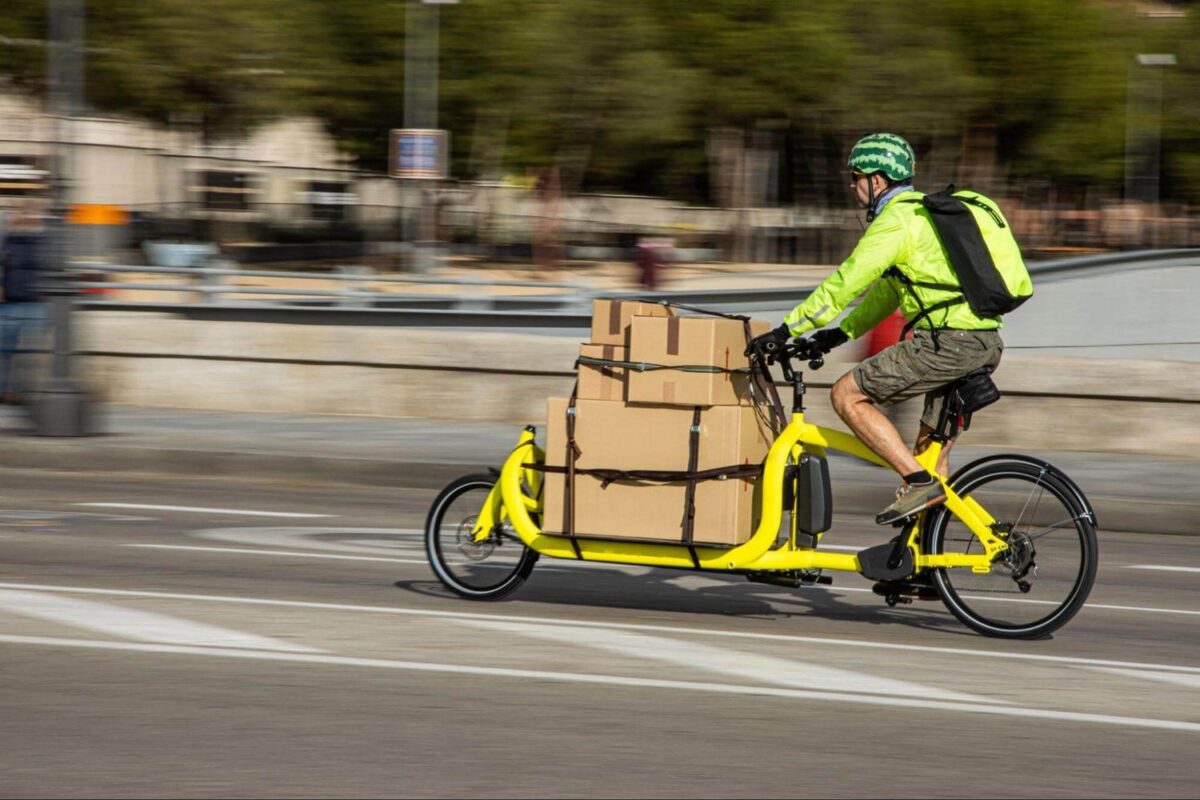CARGO BIKE: THE FUTURE OF URBAN CENTERS?
43,600 cargo bikes were sold in Europe in 2020, compared to 28,500 the previous year according to a study by Cycling Industrie Europe ! These numbers show an increase of more than 50% in sales in only one year. And the next publication of the 2021 figures should highlight this trend!
In the meantime, Qucit takes a look at the cargo bike to understand its stunning rise in our urban centers.
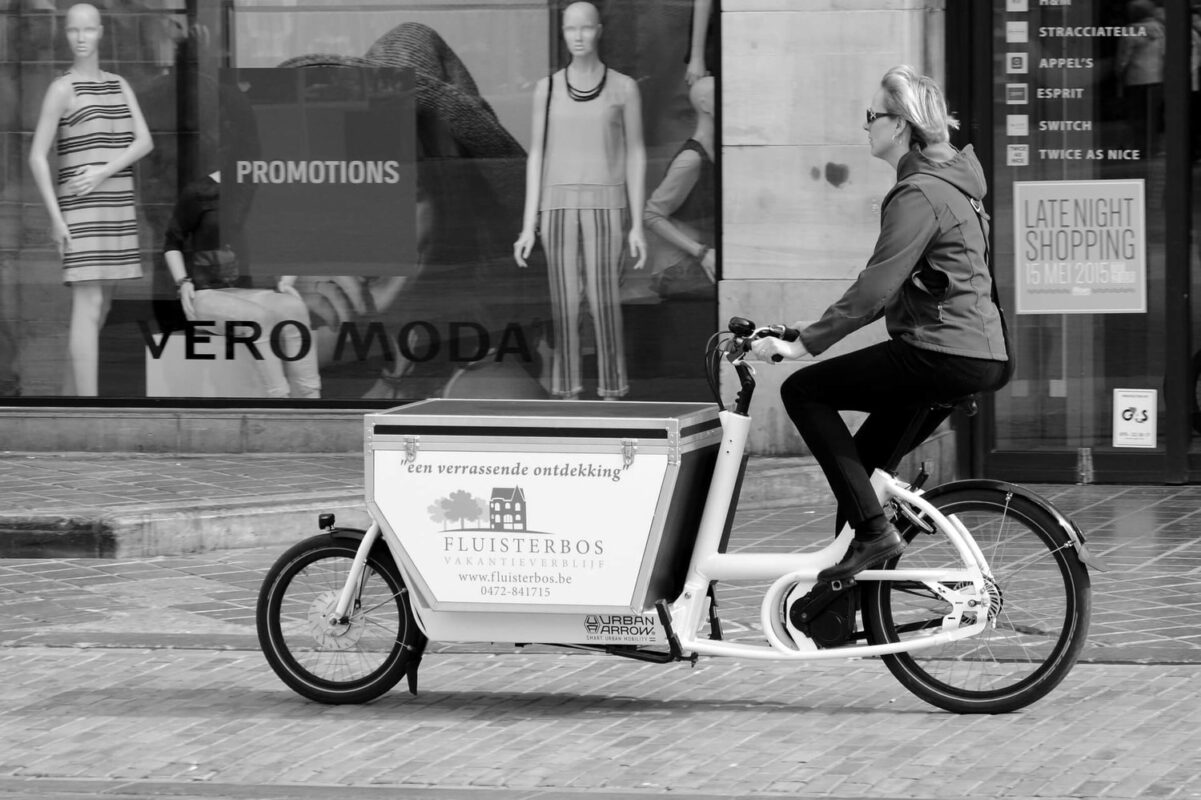
What is a cargo bike?
The cargo bike is a two- or three-wheeled vehicle derived from the bicycle, designed to carry larger loads. It is specially equipped to carry goods or children. These vehicles have a loading space at the front or rear, consisting of either a flat platform or a box that can be opened or closed.
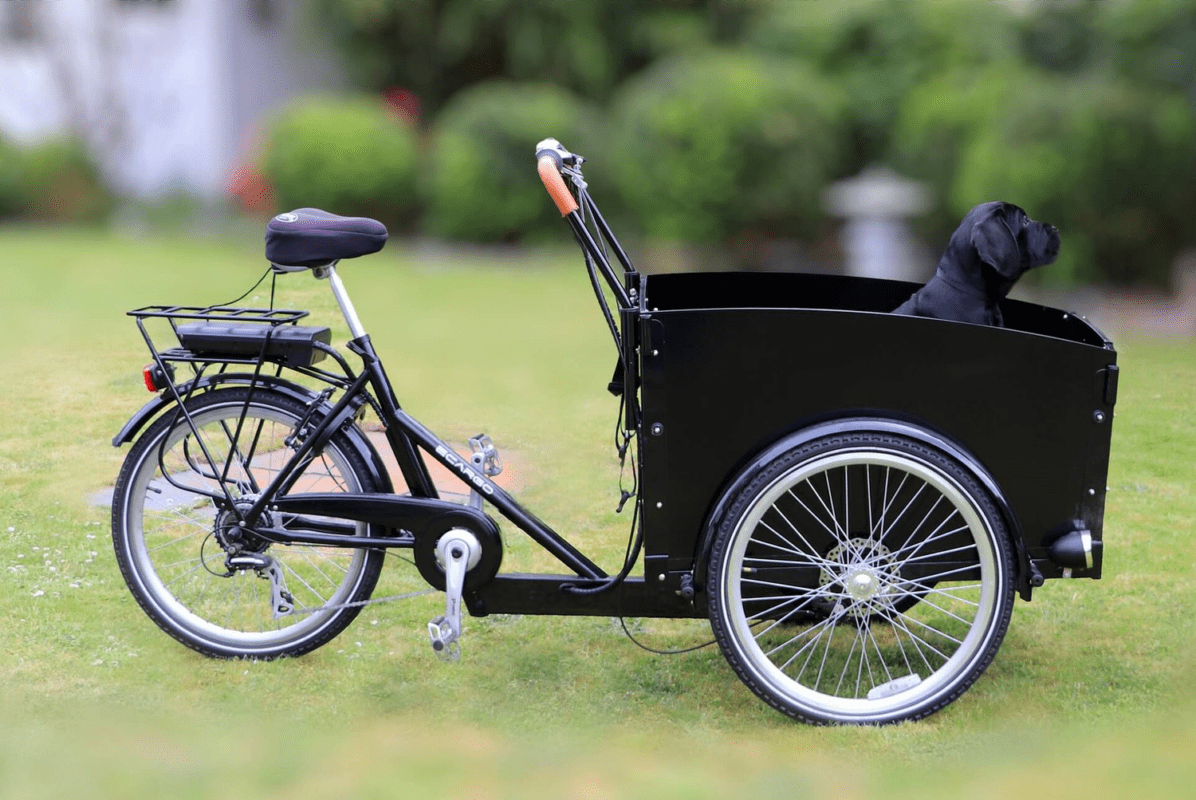
Where does the cargo bike come from?
In 1877, the Englishman James Starley, inventor of the modern bicycle, equipped the first “carrier” designed to transport goods or people. Heavy, ungeared and with a low load capacity, these “carriers” evolved at the beginning of the 20th century, after the invention of the modern bicycle. Their new design, with a loading capacity at the front, made it possible to carry larger loads. Soon, these “carrier” bicycles were used by merchants to deliver their goods. They are also known as butcher’s bikes or baker’s bikes.
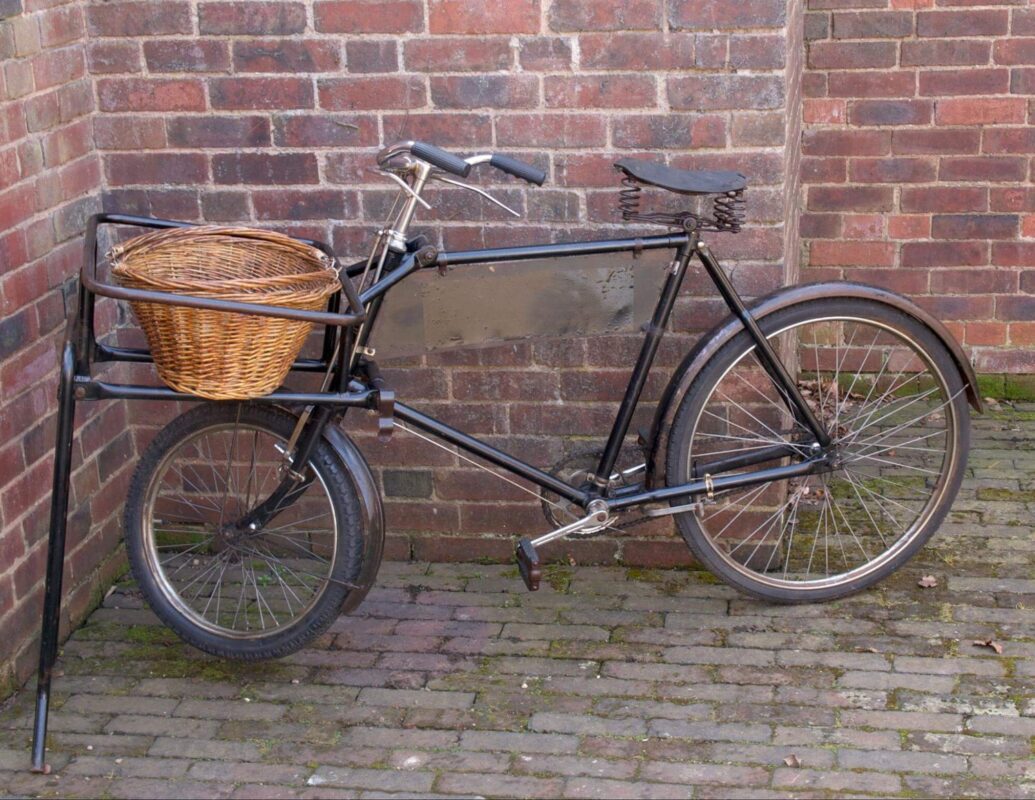
However, motorized vehicles gradually replaced carriers in the urban landscape with their democratisation during the post-war period. It was only in the late 1980s that manufacturers revived the cargo bike industry in response to increasing air pollution and traffic congestion in urban areas. Yet, it is only since the 2010s that cargo bike has experienced a real resurgence, with sales booming since 2020. New designs meeting new needs, a more environmentally conscious public and very high congestion in urban centers have enabled cargo bikes to be under the spotlight.
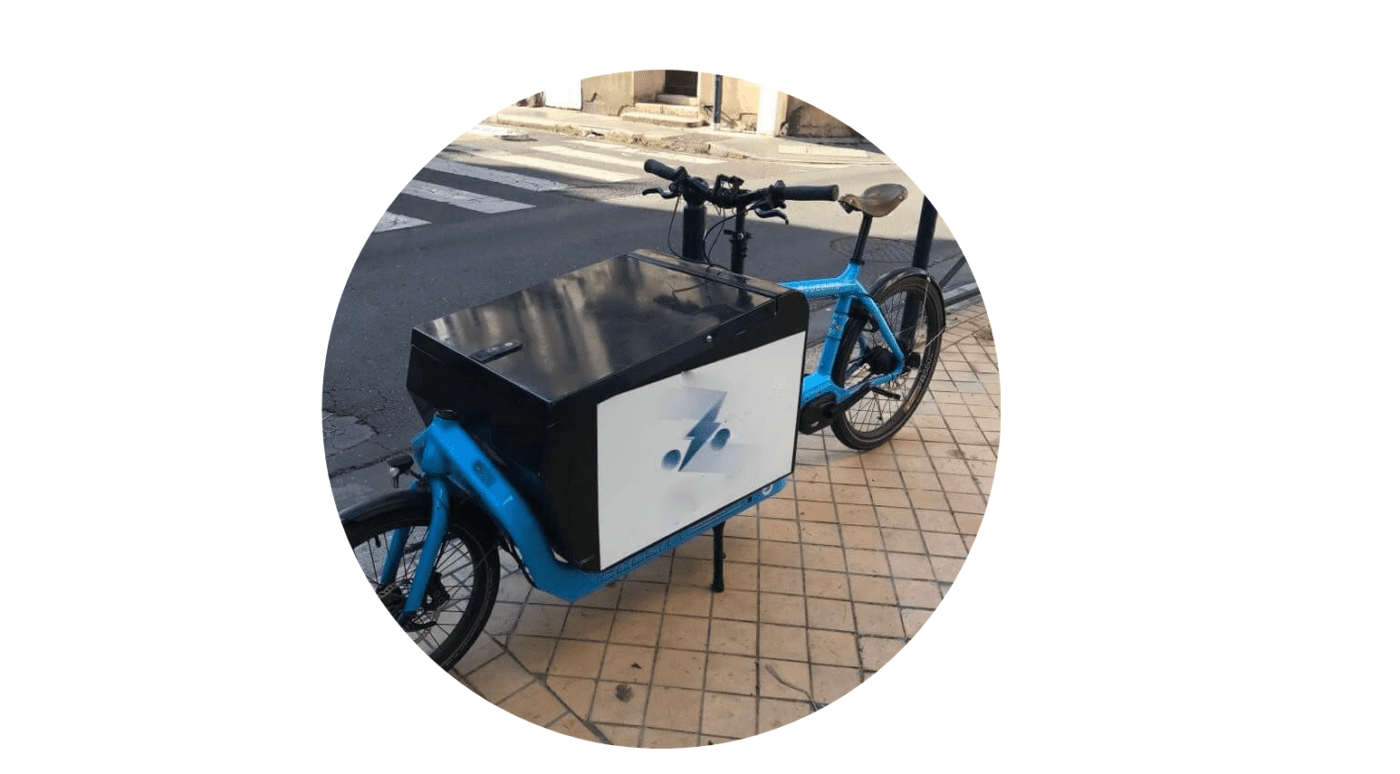
Why should we use a cargo bike?
The cargo bike is an optimal way to get around city centres and is suitable for both companies and individuals. Thanks to its loading capacity, it can transport both goods and people. More imposing than a bicycle but smaller than a car, it can easily get through traffic.
For companies, a cargo bike is a proper way of transporting goods over the last mile, the final stage in the process of delivering goods to their destination. Courier companies such as Ovo, Urban Cycle and Diligo have made cargo bike delivery their specificity. This type of vehicle is also increasingly used in urban centers by craftspersons, who can transport all their equipment into the storage space while avoiding road traffic congestion. The cargo bike has even opened up the possibility of offering bicycle removal services, as shown by the concept of the Swedish company MoveByBike!

Individuals can also use a cargo bike for their daily commute. Instead of using the car to carry heavy loads, go shopping or take their children to school, more and more people are switching to them. Easy to ride, even with children or heavy loads on the front, this type of bike does not require a special licence. Anyone can drive a cargo bike, the only fear to overcome is cycling into traffic. Environmentally friendly, this light vehicle is becoming a real alternative to the car. Based on this idea, the company Wello has designed a new product: an electrically-assisted bicycle equipped with a bodywork! Aimed at companies and individuals, the Wello has been specially designed to become the future of sustainable mobility in urban centres, combining the advantages of a bicycle with the safety of a car.

How to choose a cargo bike?
Choosing a cargo bike is no easy task. There are many different types of cargo bikes on the market for different purposes. However, there are three main types:
Three wheels bakfiet
This is the largest of all the models. Equipped with two wheels at the front and a large body, the three-wheeler can carry up to 4 children (i.e. 100 kg of load). Although very heavy, this bike is still very manoeuvrable if it is equipped with electric assistance. Rather bulky, its width does not allow it to be parked as easily as a conventional bicycle.
Two wheels bakfiet
Equipped with only two wheels and a narrower front body than the three-wheeler, the two-wheeler offers, in spite of its length, a rather playful ride similar to the classic bicycle. It can carry up to 80 kilos of load, and is a versatile cargo bike, able to go from transporting 3 children to carrying groceries very easily, while being at ease in an urban environment.
Long tail bike
Close to the classic bike, the long tail has an extended frame at the rear to carry children in a similar way to child seats. It can be fitted with a basket at the front or a pannier to carry goods. Less voluminous and lighter than the three-wheeler or two-wheeler, it is the perfect bike for carrying smaller loads.
How much does a cargo bike cost?
Although many companies have started to develop cargo bikes, the average price is around 4,000 euros. The main difference in price is whether the bike is equipped with electric power or not. The first prices without electric assistance are around 1400 euros against 2700 euros with electric assistance.
The purchase of a cargo bike represents a significant cost. This is why sharing a cargo bike can be an interesting alternative. Indeed, more and more local authorities are offering cargo bikes for long-term rental, over several months, with purchase aid in certain cases. Regarding short-term rental, the cargo bike sharing market is just beginning to develop. For example, the Dutch company Cargoroo offers shared electrically assisted two-wheelers in several European cities. More recently, the French shared mobility operator, Pony, has launched extended bicycles in Grenoble called “Double Pony” which allow an adult to be carried on the rear of the vehicle.
Cargo bikes are still evolving to adapt to meet new needs!
Qucit Bike
If cargo bikes are on the rise, bike sharing is not to be outdone! That’s why Qucit helps the operators to optimize the management of their bike sharing system. The software consists of two modules:
-
A dashboard, intended for the manager, allowing him to visualise in real time the state of the system and to analyse all the operations carried out.
-
A mobile application, used by the dispatchers in the field, allowing them to carry out their daily tasks in an optimal way.
Qucit Bike integrates the pick-up of e-bikes on the operator’s worksheet to recharge them regularly in an intelligent way.
Did you like this article?
Check out our article on the rise of e-bike sharing!

